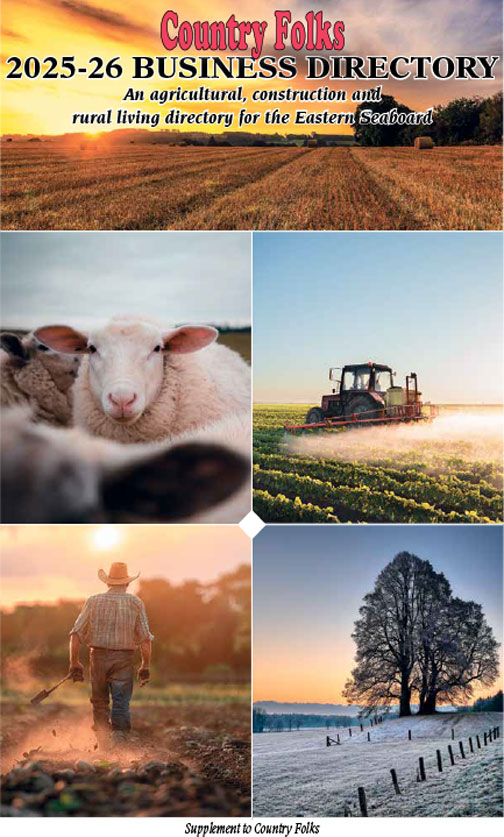September 17, 2025
Modifying cropping systems
Heather Darby, agronomic and soils specialist for University of Vermont Extension, has a “love/hate relationship with cover crops.” “It’s not always going to work out,” she said in her opening remarks presenting “Modifying Cropping Systems to Maximize Benefits from Cover Crops.” Darby spoke at the recent USDA-sponsored field day “Unlock the Secrets in the Soil” at





